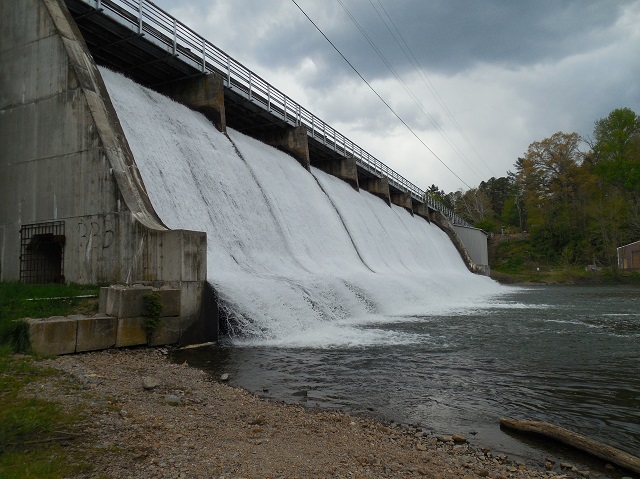HYDRO POWER POTENTIAL OF NORTH EAST INDIA AND IT’S DEVELOPMENT

In this modern era of information and electronic technology, power plays a significant role in not only the socio-economic development but also the overall development of human being. All this modern days’ electronic gadgets and equipment which provide information is rely on power. All of them are functioning with the help of power. In brief, it is true that we cannot live without power for a few seconds in one way or other. Unfortunately even after 70 years of independence, our country in general and states of north east India in particular such important infrastructure is still unable to fulfil the requirement in spite of having huge power potential especially hydro power is concern. It is a great issue which all of us have to think seriously. On the other hand, North eastern region of India occupies the major share of having hydro power and thermal power potential among the other regions of the country. The present paper is highlighted onthree main parts. The first part is discussing on the potentialities of Indian hydro power resources in global context, present status, power projection for the future through different plan period and contribution of North Eastern Region to Indian total hydro power potential. The second part is critically examining the potentialities of hydro power in North Eastern Region through state-wise potential, power projects in operation and projects under constructions. Finally, it is devoted to suggestions and conclusion of the study in the wake of the government of India’s Act East Policy.
When our country attained Independence, we did not have sufficient electricity to light up our homes. The iconic lantern and oil lamp were the only sources of light for all of us after getting dark. The oil lamp lit and placed at a window served as guiding torch for travellers or those yet to come back home late night. Today after 70 years of independence, the situation has become much brighter. Electricity has reached most households of both urban and rural areas. According to government report, out of 18,452 villages in the country 14,483 villages have been electrified so far. The electrification work is in progress on 2,981 villages while 988 villages are uninhabited. The government has said it aims to provide electricity to all homes by December 2018, with a target of reaching power to all un-electrified villages by the end of December 2018.
Former President, Dr.A.P.J.Abdul Kalam in his 59th Independence Day speech has said, “Energy Security, which means ensuring that our country can supply lifeline energy to all its citizens, at affordable cost at all times, is thus a very important and significant need and is an essential step forward. But it must be considered as a transition strategy, to enable us to achieve our goal that is- Energy Independence or an economy which will function well with total freedom from oil, gas or coal imports.” Keeping the energy as nation’s first priority, he had called for determination to achieve this within the next 25 years i.e. by 2030. The present government has set target to provide electricity to all household by 2019 and now 2018, which is quite encouraging sign of energy development in our country for inclusive growth and development.
Power is one of the most critical components of infrastructure crucial for the economic growth and welfare of nations. The existence and development of adequate infrastructure is essential for sustained growth of the Indian economy.India’s power sector is one of the most diversified in the world. Sources of power generation range from conventional sources such as coal, lignite, natural gas, oil, hydro and nuclear power to viable non-conventional sources such as wind, solar, and agricultural and domestic waste. Electricity demand in the country has increased rapidly and is expected to rise further in the years to come. In order to meet the increasing demand for electricity in the country, massive addition to the installed generating capacity is required. Total installed capacity of power stations in India stood at 330,260.53 Megawatt (MW) as on May, 2017.
To read the further article please get your copy of Eastern Panorama March issue @http://www.magzter.com/IN/Hill-Publications/Eastern-Panorama/News/ or mail to contact @easternpanorama.in


